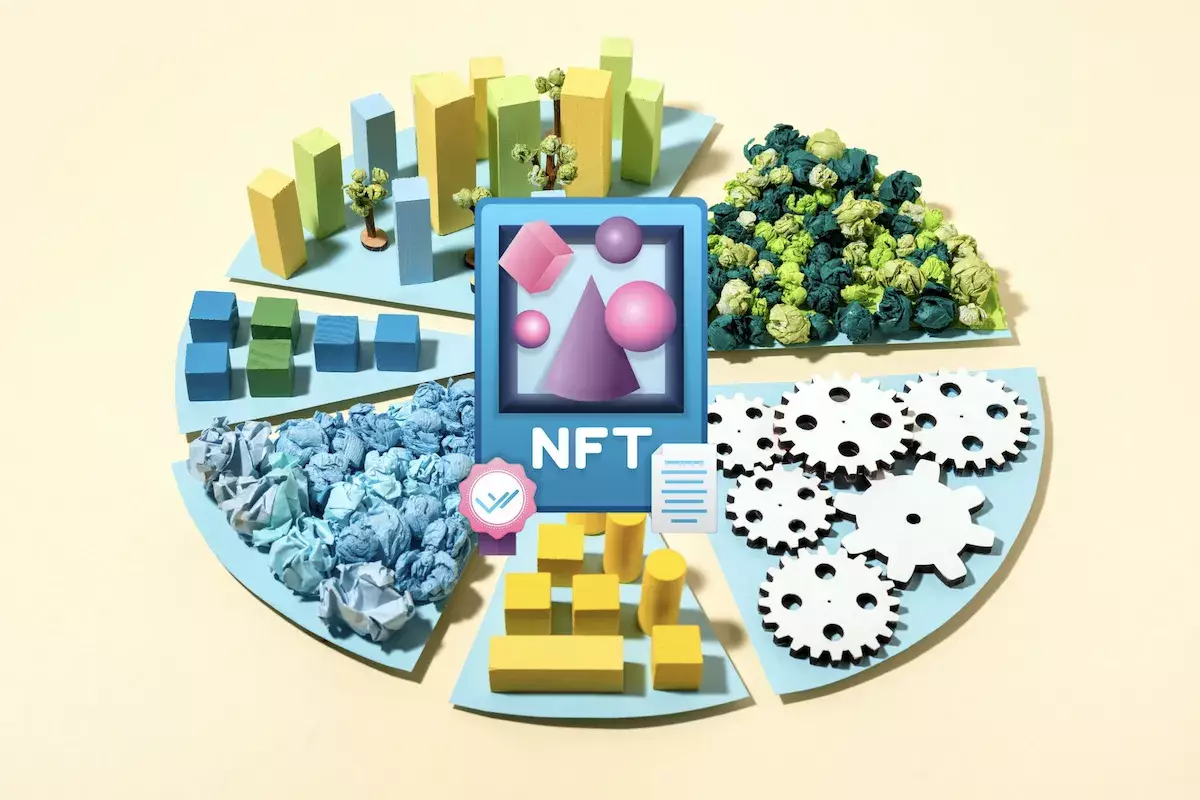As Europe stands at the forefront of a sustainability revolution, initiatives such as the European Green Deal underscore the urgency to reduce carbon emissions and foster environmentally friendly practices. This ambitious strategy aims to mitigate pollution and transition to cleaner energy sources across the continent. At the core of these efforts lie new regulatory frameworks, such as the Ecodesign for Sustainable Products Regulation (ESPR) and the Circular Economy Action Plan (CEAP), which collectively encourage manufacturers to design goods that minimize waste and pollution. A noteworthy innovative concept emerging from this landscape is the Digital Product Passport (DPP), which aims to enhance transparency and resource optimization within the supply chain.
The Digital Product Passport is more than a digital certificate; it represents a comprehensive digital file that tracks a product’s entire lifecycle—from raw material extraction through production and distribution to recycling or disposal. Each DPP is embedded with essential details regarding the product’s composition, manufacturing processes, environmental impacts, and opportunities for repair or reuse. This transparency empowers consumers and businesses to make informed decisions about the sustainability of various products in the marketplace.
By centralizing product information, DPPs align with the objectives set forth by the ESPR and CEAP, driving businesses to create goods emphasizing repairability, recyclability, and overall sustainability. Increased awareness surrounding sustainability details, such as carbon footprints and the usage of recycled materials, aims to foster an educated consumer base capable of making choices that contribute to environmental well-being.
A significant technological advancement in the realm of DPPs is the integration of blockchain technology, specifically through the use of Non-Fungible Tokens (NFTs). Typically associated with digital art sales, NFTs are effectively unique digital certificates secured on a blockchain, which make them ideal for tracking individual products throughout their lifecycle. Each NFT can serve as a “digital twin” of a physical item, corroborating its authenticity and history with an unalterable record.
The immutability characteristic of blockchain ensures that every detail recorded is permanent, providing both manufacturers and consumers with an unprecedented degree of trust regarding a product’s journey. By documenting ownership changes, repairs, and material sourcing in real time, NFTs enhance the DPP system’s efficiency while simultaneously promoting responsible consumption practices.
One of the most significant benefits of utilizing NFTs within DPPs is the ability to trace a product’s origin meticulously. Projects that implement this technology can confirm the exact sources of raw materials, such as where specific metals were mined or how resources moved through supply chains. This decentralization—achieved through a blockchain shared amongst multiple parties—adds layers of transparency that are challenging to replicate in traditional system designs, thereby mitigating the potential for fraud or misinformation.
NFTs foster trust by ensuring that data regarding product timelines and ownership changes are visible and verifiable by all parties involved. For consumers purchasing second-hand products, having access to reliable history records creates a trustworthy marketplace while encouraging responsible consumer behavior.
As beneficial as DPPs and NFTs are, their implementation must navigate complex data privacy considerations, particularly concerning European legislation such as the General Data Protection Regulation (GDPR). To address these challenges, many initiatives are exploring hybrid solutions, which combine on-chain data storage with off-chain information secure from public access. This approach ensures that sensitive data remains confidential while maintaining a level of transparency necessary for accountability.
Additionally, manufacturers will need to align their DPP deployments with evolving EU regulations, which may include stipulations like QR codes for product identification. Ensuring that various blockchain systems can interoperate is also essential to prevent fragmentation and promote seamless data sharing across the supply chain.
Looking ahead, the integration of NFTs into DPPs offers considerable potential for innovations that could shape future sustainability efforts. The incorporation of Internet of Things (IoT) sensors and artificial intelligence could streamline information relayed to DPPs, automatically updating conditions like battery levels or wear and tear on machinery. These advancements not only improve product management but also enhance consumer confidence in the goods they purchase.
While Europe leads the charge in adopting solutions such as NFT-based DPPs, other regions may eventually follow suit, potentially resulting in a global movement toward enhanced product transparency and sustainability. Companies willing to invest in and implement these practices could gain competitive advantages in a world increasingly driven by sustainability goals.
Digital Product Passports, supported by the functionality of NFTs, embody a significant leap forward in the quest for transparency in products’ life cycles. They serve as a game-changing development in promoting sustainable consumerism, ensuring authenticity, and streamlining compliance with evolving regulatory frameworks. As the landscape evolves, addressing regulatory challenges and privacy considerations will be crucial in harnessing the full potential of DPPs. Ultimately, the embrace of these innovations could herald a transformative phase in how markets operate, driving shifts toward more responsible consumption patterns and a cleaner, more sustainable world.














Leave a Reply